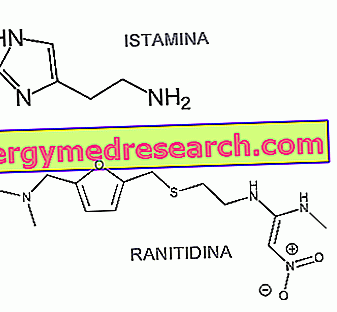Androgens are hormones produced by the adrenal and sexual glands, both male and female. In humans, the main producers of androgens are the testes, while in women these hormones are synthesized in an important way both by ovarian cells and by the adrenal gland.
The word androgens has Greek origins and means "producing man". In fact, these are characteristic male hormones, endowed with numerous functions; let's see the main ones:
- in the embryo: masculine differentiation of the internal and external genitals.
- At puberty: development of secondary sexual characteristics; increased muscle masses; reaching peak bone mass; psychic modifications (aggressiveness); hair growth, libido and sperm function.
- In adults: maintenance of masculinity and libido, maintenance of secondary sexual characteristics, muscle strength, skin trophism and bone mass.
Androgens are very important hormones also in women, although in the female organism they are present in clearly lower concentrations. In fact, they represent the chemical substrate for the synthesis of estrogens, typically female hormones that cover parallel functions. The small amount of androgens that escapes this conversion is important above all for the sexual impulse and for the synthesis of new red blood cells (see erythropoietin).
The most important and known androgen is testosterone, but other hormones also belong to this family, such as dehydroepiandrosterone (DHEA), androstenedione, androstenediol, androsterone and dihydrotestosterone. The latter is the most active testosterone metabolite and its excess is often accompanied by problems such as acne, androgenetic alopecia and hirsutism.
The use of androgens, natural or chemical derivatives, in the therapeutic field is dedicated to the treatment of male hypogonadism, sexual impotence, osteoporosis and in states of severe organic debilitation (cachexia). In the sports field they are used to increase athletic performance (see: anabolic steroids).



